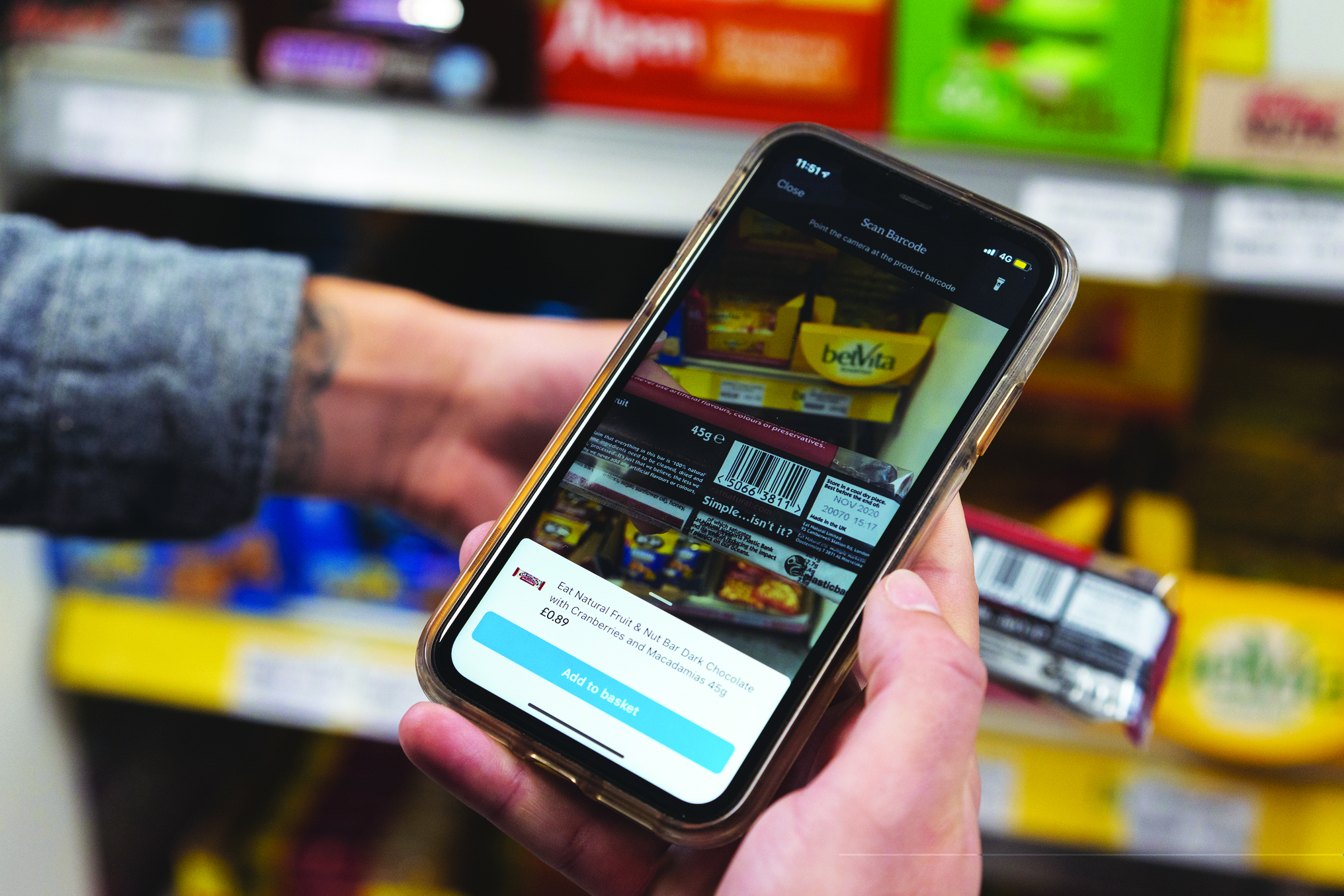Source: Unsplash/Kentaro Toma.
Today’s buyers are looking for flexibility, convenience and personalization at every stage of their buying journey. With shoppers increasingly blending online and in-store shopping experiences, now is the time for merchants to step back and ensure services convert more sales by driving customer value.
This includes simplifying your e-commerce model to better support this hybrid retail model to provide customers with the best shopping experience possible. From improving mobile search capabilities to implementing new features to balance in-store and online shopping, here are three ways to get you started.
Invest in click & collect shopping options for customer convenience
In line with changing conditions due to the pandemic, retail stores are once again open and shoppers are once again embracing in-store shopping trips. However, as we evolve into an increasingly digital world, customers have not been shy about shopping online – they have simply veered into the mix and expectations of immediacy go hand in hand.
In reality, Australia Post found that the proportion of click & collect services, also known as buy online, pay in store (BOPIS), increased by 13.6%. BOPIS has created a new level of immediacy with online shopping, while providing a safer and faster way to shop by minimizing the time customers spend in-store. For example, grocery stores now offer direct-to-start services where customers don’t have to leave the car to receive their order.
Receive daily company news.
The latest stories, funding information and expert advice. Free registration.
It’s important for merchants to do their research and determine how they can make these BOPIS shopping experiences convenient and tailored to the needs of their core customers.
Finding the perfect balance between online and in-store services to create a cohesive hybrid shopping experience can bring more consumers to the point of sale by empowering them to choose their own adventure.
Make sure mobile showcases are clear and easy to use
Optimizing e-commerce platforms for mobile is an essential part of supporting hybrid shopping experiences.
The convenience of shopping with a smart phone from the living room or the commuter train has become a new consumer expectation.
As shoppers increase their in-store trips, mobile shopping convenience is still part of the fabric of tying together buying online and picking up the product in-store, for example. With BigCommerce’s 2022 State of E-Commerce Report finding that shoppers will leave a website if it’s too slow, optimizing that user experience on platforms like mobile is crucial.
Above all, traders should keep in mind that mobile phones only offer a limited amount of screen real estate. Most customers don’t want to be greeted with massive walls of text, pop-up ads, and clicks to multiple storefronts as they browse pages to discover products to buy. They prefer to get where they need to be by clicking a button or swiping a page.
It’s also crucial for merchants to use the most important information to anchor a site’s mobile navigation. This includes highlighting key information such as main product details and price, while clearly outlining how buyers can purchase and receive their product.
Implement simple features to support hybrid purchases
Clearly there has been a shift in consumer mindset. Shoppers are digital savvy and now tend to shop with a predetermined outcome in mind. They’re more engaged than ever and expect a seamless, personalized shopping experience without frivolous glitches, lags, or complex navigations.
By adding even the simplest features, merchants can improve the confidence level of customers while shopping. Take the search tool for example. Giving the customer real-time visibility into available or unavailable products immediately sets expectations. Take it a step further and promise loyalty to that brand and influence a potential returning customer by including details on whether or not a product is available and when it will be. Giving customers the information and control to simply check product stock can literally mean the difference between winning a new customer or losing one quickly.
Text messages and push notifications are other customer service features that customers have embraced. These avenues allow merchants to be more personal when updating customers on delivery status, in-store promotion, or when a product is ready for pickup or even delayed.
While it’s no secret the pandemic has influenced consumers’ shift to digital shopping and the convenience it brings, physical stores remain an important part of the shopping mix for consumers. Consumer buying habits have shifted towards the desire to have the freedom to use the most convenient method of shopping and, with hybrid buying becoming the norm, retailers must adapt or risk taking late.




:quality(70)/cloudfront-eu-central-1.images.arcpublishing.com/businessoffashion/IYC3AJUUBJH6JMEAEAGJLWHUSY.jpeg)